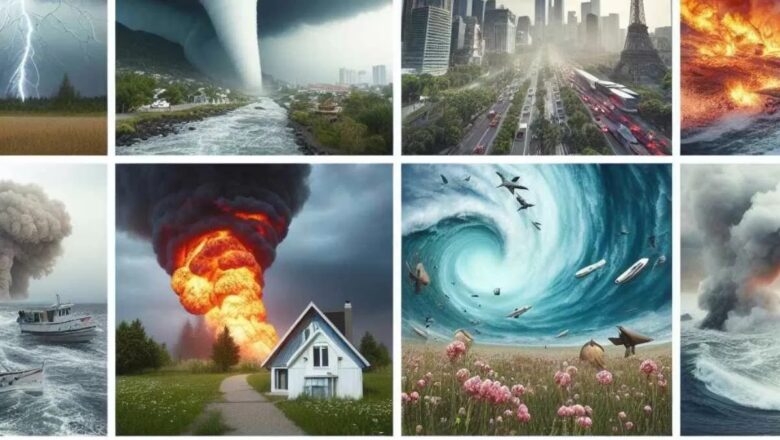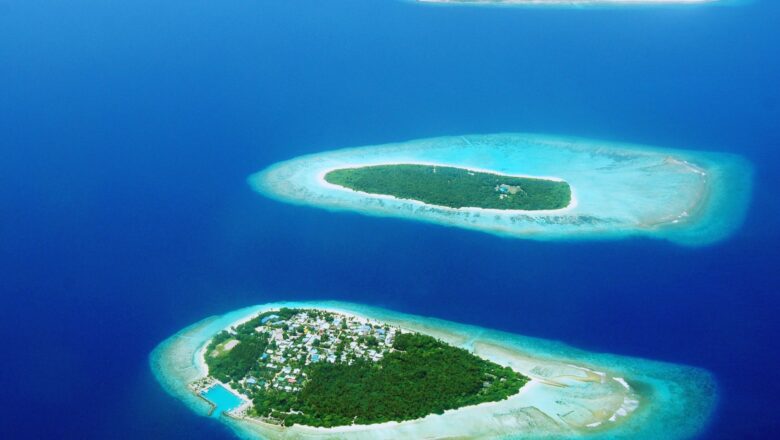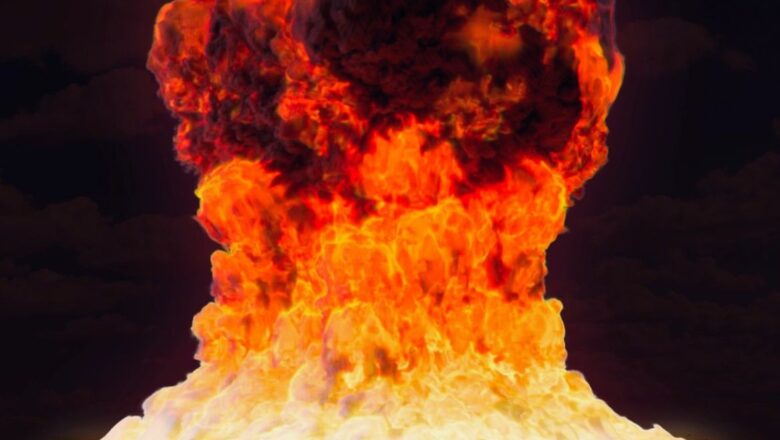
When the Wind Hits Different: Why Downbursts Are More Destructive Than Hurricanes
In May 2024, downtown Houston saw a surprising twist in storm damage. A powerful downburst, part of a derecho storm, blew out windows and ripped away building facades damage that even Hurricane Beryl, with similar wind speeds, failed to cause just months later. Engineers now believe the reason lies not in the strength of the winds but in how they behave.
What Is a Downburst and Why Is It So Dangerous?
Downbursts are often mistaken for heavy rain from a distance, but their power lies in what happens at ground level. As cold, dense air from high altitudes plunges downward during a thunderstorm, it accelerates rapidly. Once it hits the ground, it has nowhere to go but outwards sending winds blasting horizontally in all directions.
These horizontal gusts can reach over 150 mph on ...









